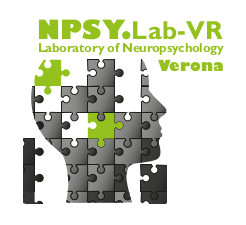Authors
Scandola M, Aglioti SM, Pozeg P, Avesani R, Moro V
Abstract
Motor imagery (MI) allows one to mentally represent an action without necessarily performing it. Importantly, however, MI is profoundly influenced by the ability to actually execute actions, as demonstrated by the impairment of this ability as a consequence of lesions in motor cortices, limb amputations, movement limiting chronic pain, and spinal cord injury. Understanding MI and its deficits in patients with motor limitations is fundamentally important as development of some brain-computer interfaces and daily life strategies for coping with motor disorders are based on this ability. We explored MI in a large sample of patients with spinal cord injury (SCI) using a comprehensive battery of questionnaires to assess the ability to imagine actions from a first-person or a third-person perspective and also imagine the proprioceptive components of actions. Moreover, we correlated MI skills with personality measures and clinical variables such as the level and completeness of the lesion and the presence of chronic pain. We found that the MI deficits (1) concerned the body parts affected by deafferentation and deefferentation, (2) were present in first- but not in third-person perspectives, and (3) were more altered in the presence of chronic pain. MI is thus closely related to bodily perceptions and representations. Every attempt to devise tools and trainings aimed at improving autonomy needs to consider the cognitive changes due to the body-brain disconnection.
Journal of neuropsychology
